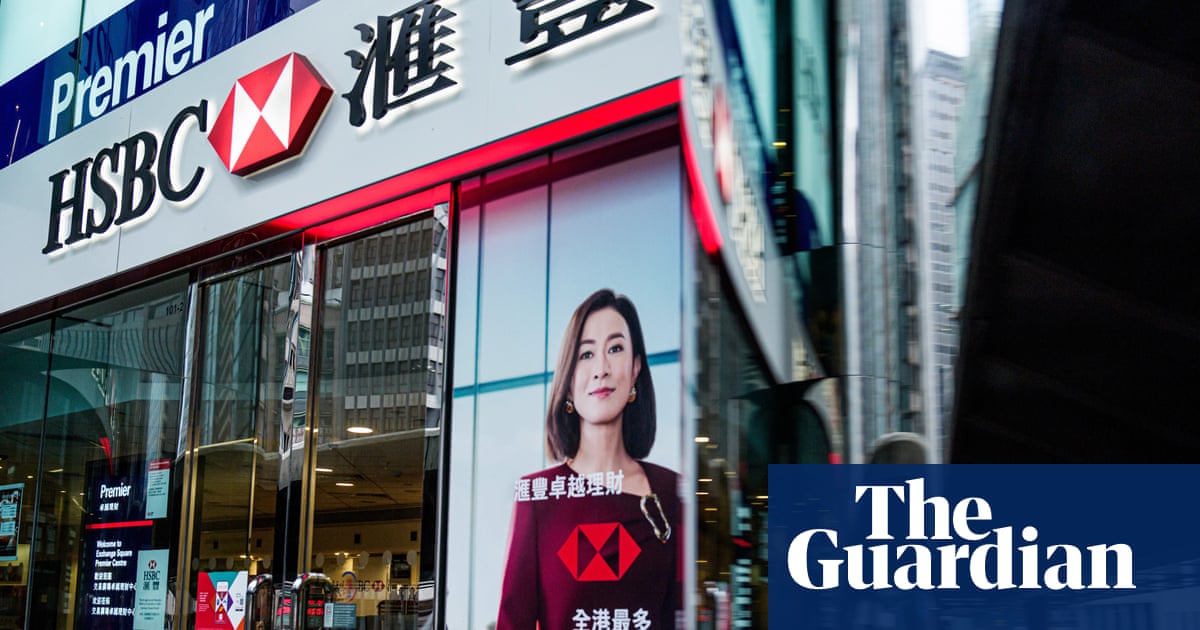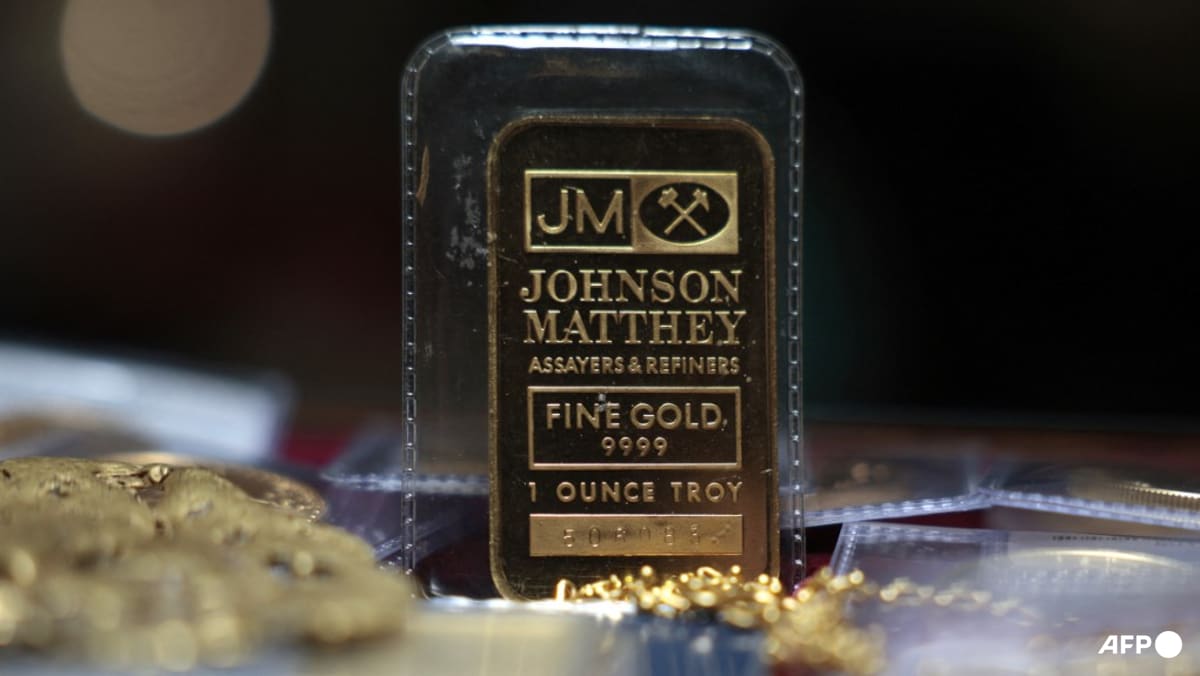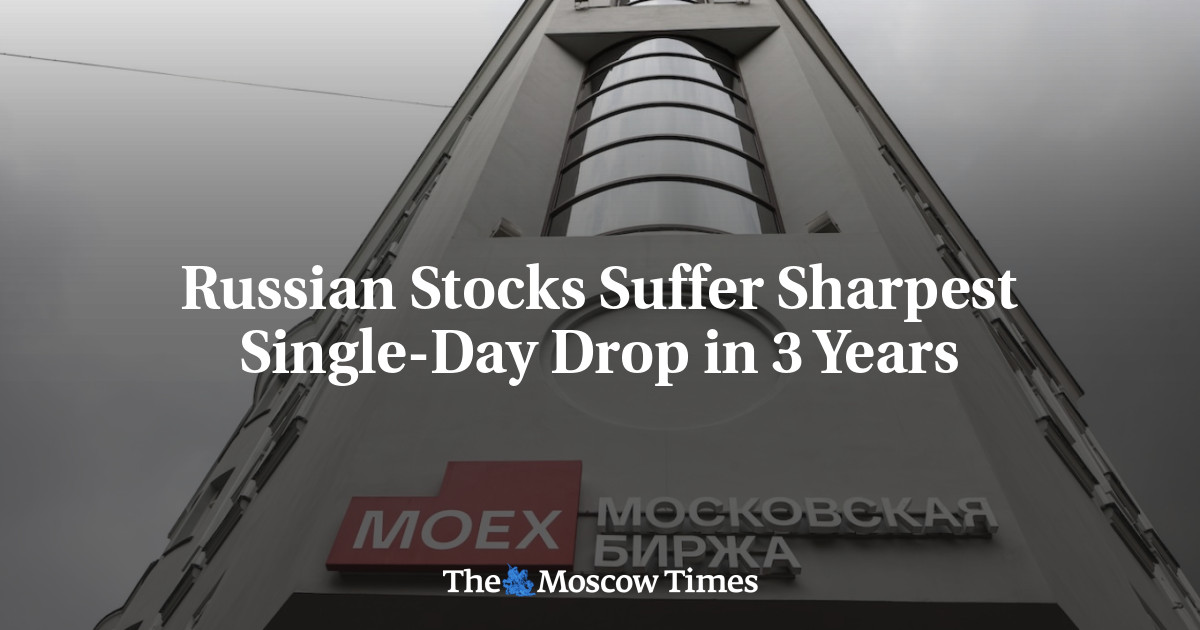Wall Street Crashes as Trump Threatens Unprecedented Tariffs on China!

Imagine waking up to find your investments tumbling because a single tweet from a former president sent shockwaves through the market. That’s exactly what happened on Wall Street this past Friday, as investor confidence crumbled in the wake of President Donald Trump’s alarming tariff threats against China.
The S&P 500 experienced its worst day since April, plummeting 2.7 percent, while the Dow Jones Industrial Average saw a staggering drop of 878 points, translating to a 1.9 percent loss. The Nasdaq composite wasn’t spared either, crashing by 3.6 percent. Investors who thought they were in for a routine trading day were jolted into a frenzy when Trump announced on his social media platform that he was contemplating ‘a massive increase of tariffs’ on Chinese imports.
What fueled this unexpected outburst? Trump expressed frustration over China’s restrictions on the export of rare earth elements, essential materials that power everything from smartphones to jet engines. In a tweet that could have been written with a magic marker, he declared, “We have been contacted by other countries who are extremely angry at this great trade hostility, which came out of nowhere.” This new tension casts a shadow over his previously planned meeting with China’s leader, Xi Jinping, during an upcoming trip to South Korea.
The ripple effects of this tariff threat were felt across Wall Street, with about six out of every seven stocks in the S&P 500 experiencing declines. Big Tech giants like Nvidia and Apple saw their shares drop significantly, while smaller companies continued to grapple with trade uncertainties.
Many analysts had anticipated a downturn. The U.S. stock market had been riding high, with the S&P 500 soaring nearly 35 percent since its low in April. However, critics had warned that this growth was unsustainable, likening it to the volatile dot-com bubble of the early 2000s. The logic is clear: for stocks to appear less expensive, either their prices must decrease, or companies need to increase their profits.
Levi Strauss exemplified the market's volatility, dropping 12.6 percent despite reporting quarterly profits that exceeded analysts' expectations. Investors seemed to be reacting to heightened expectations following a nearly 42 percent stock price surge earlier this year.
Ultimately, the S&P 500 closed down 182.60 points at 6,552.51. The Dow Jones Industrial Average fell to 45,479.60, while the Nasdaq composite ended at 22,204.43.
The oil market also took a hit as the price of U.S. crude fell 4.2 percent to $58.90 per barrel. This decline coincided with a ceasefire announcement between Israel and Hamas, which eased concerns over oil supply disruptions. However, Trump’s tariff threats reignited fears of a slowdown in global trade, further driving down oil prices.
In the bond market, yields on the 10-year Treasury note dropped to 4.05 percent from 4.14 percent, reflecting a broader investor sentiment as a report from the University of Michigan highlighted consumer pessimism. Joanne Hsu, director of the Surveys of Consumers, noted, “Pocketbook issues like high prices and weakening job prospects remain at the forefront of consumers’ minds.”
With the job market slowing significantly, the Federal Reserve cut interest rates last month for the first time in 2023, and officials have indicated that more rate cuts could be on the horizon. However, Chair Jerome Powell warned that if inflation remains high, they may have to reconsider this approach, as lower rates can, paradoxically, exacerbate inflation.
On a slightly positive note, the University of Michigan’s survey revealed a slight decrease in consumer inflation expectations, falling to 4.6 percent from 4.7 percent the previous month. Despite still being high, this downward trend could be a comforting sign for the Fed.
Internationally, markets mirrored the chaos in the U.S. Most European and Asian indexes fell, with Hong Kong’s Hang Seng dropping 1.7 percent and France’s CAC 40 declining by 1.5 percent. Interestingly, South Korea’s Kospi rose 1.7 percent after reopening following a holiday, proving that not all markets are reacting to the turmoil in the same way.


















